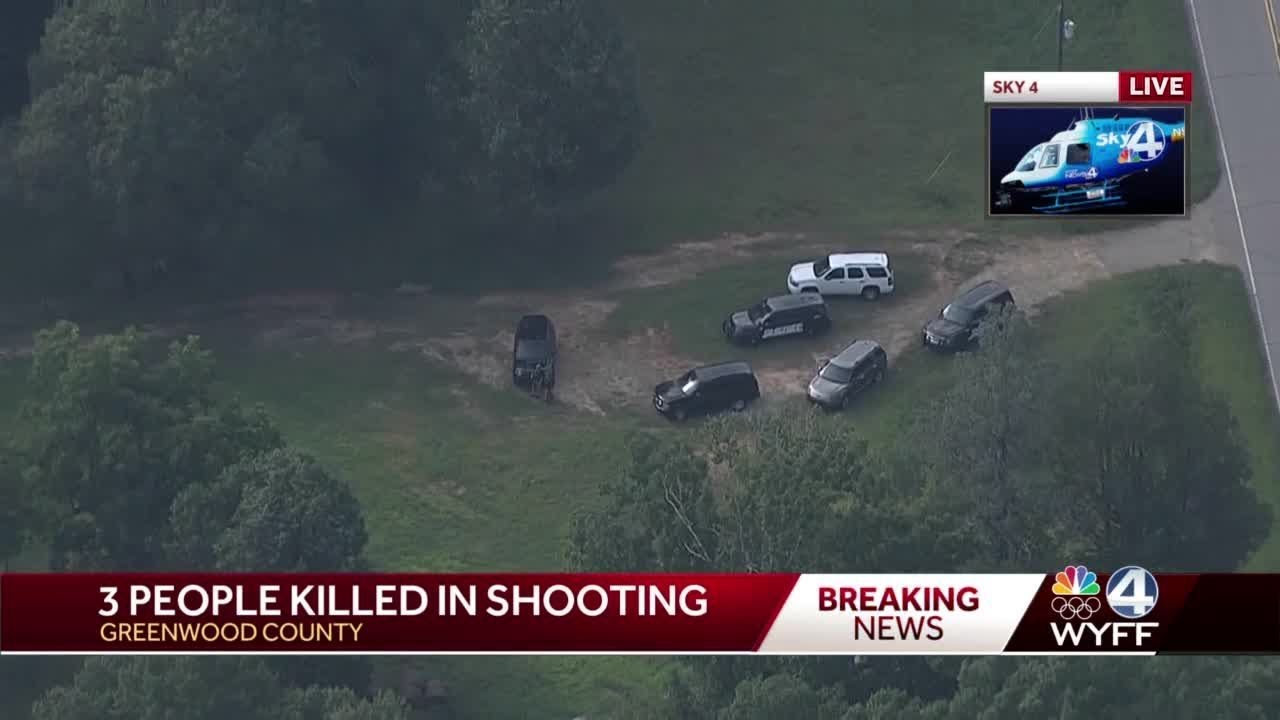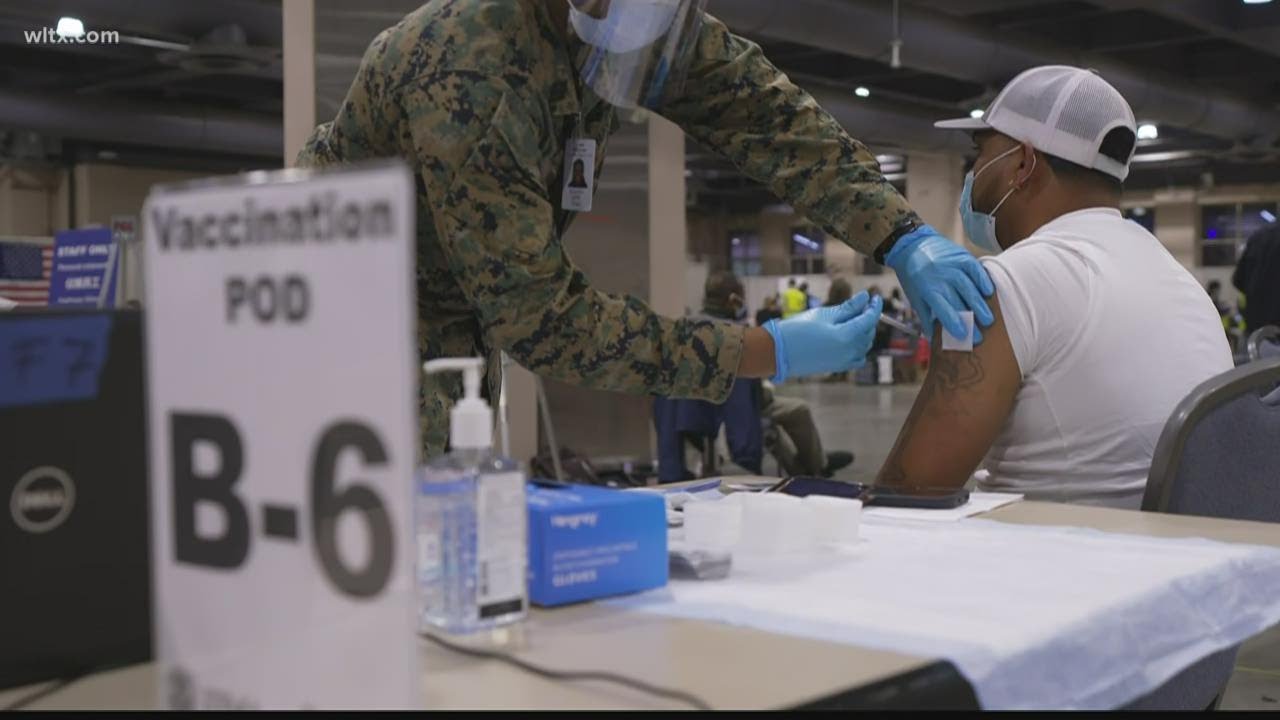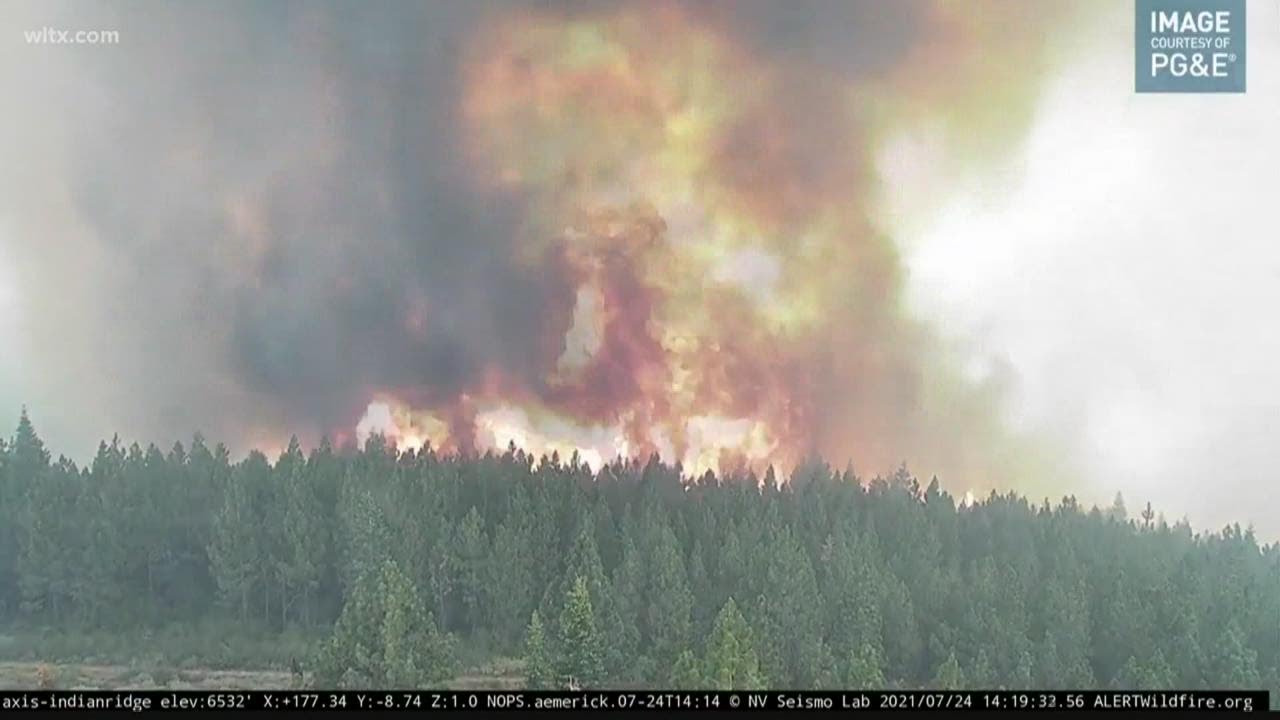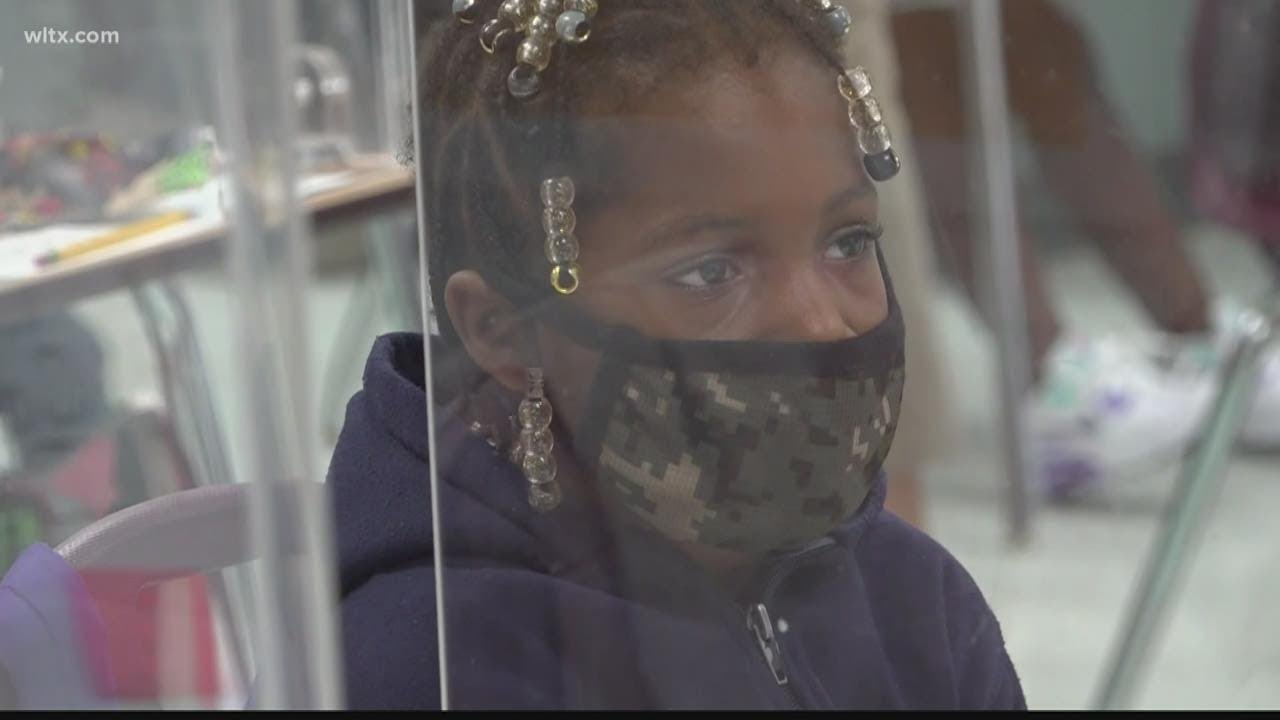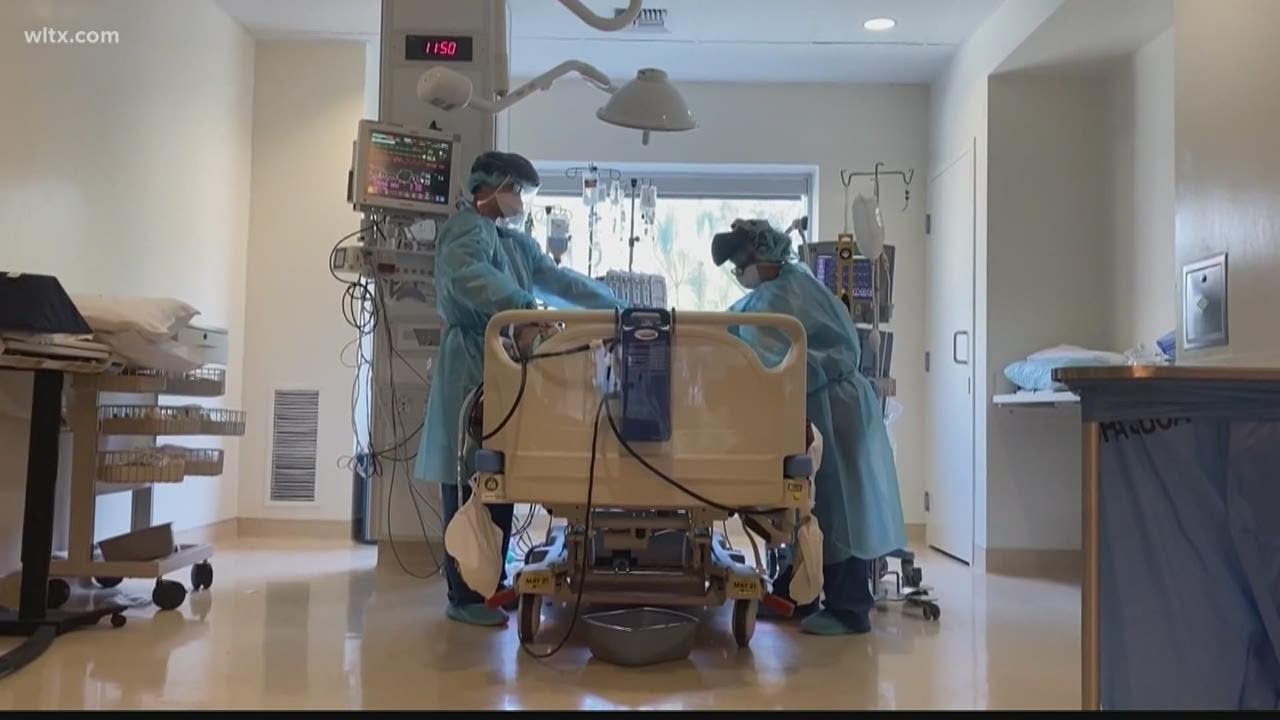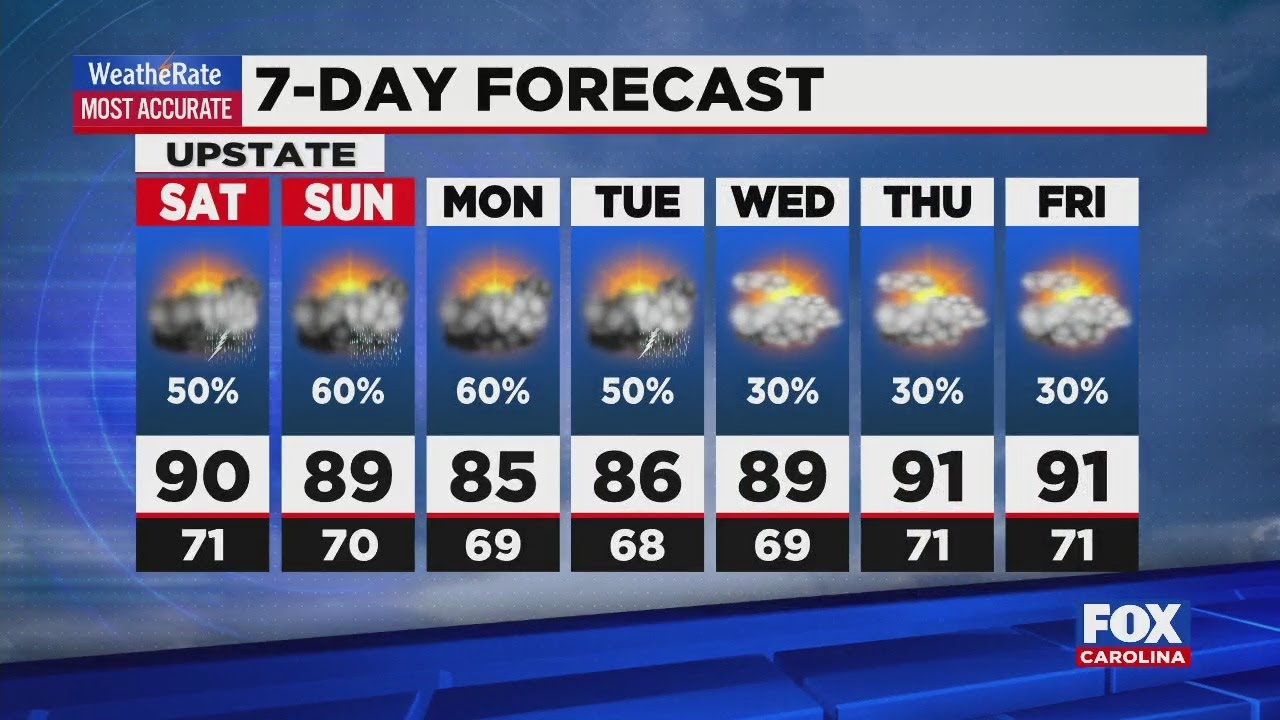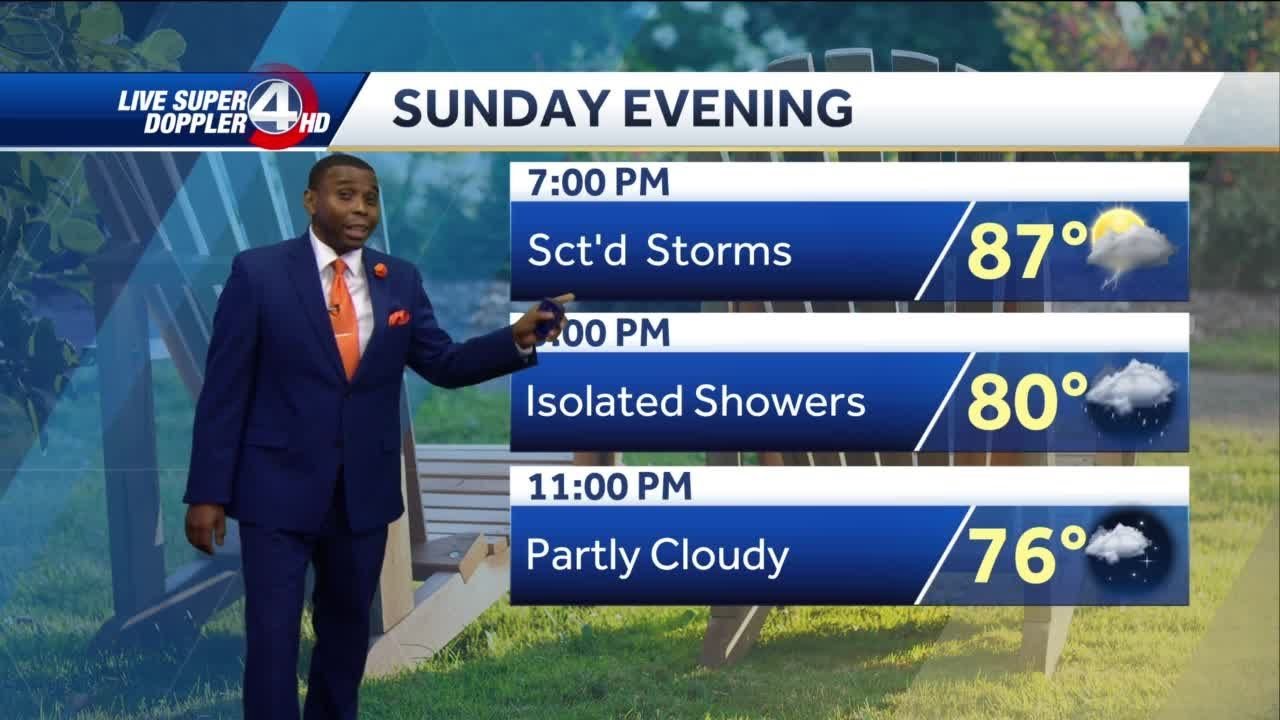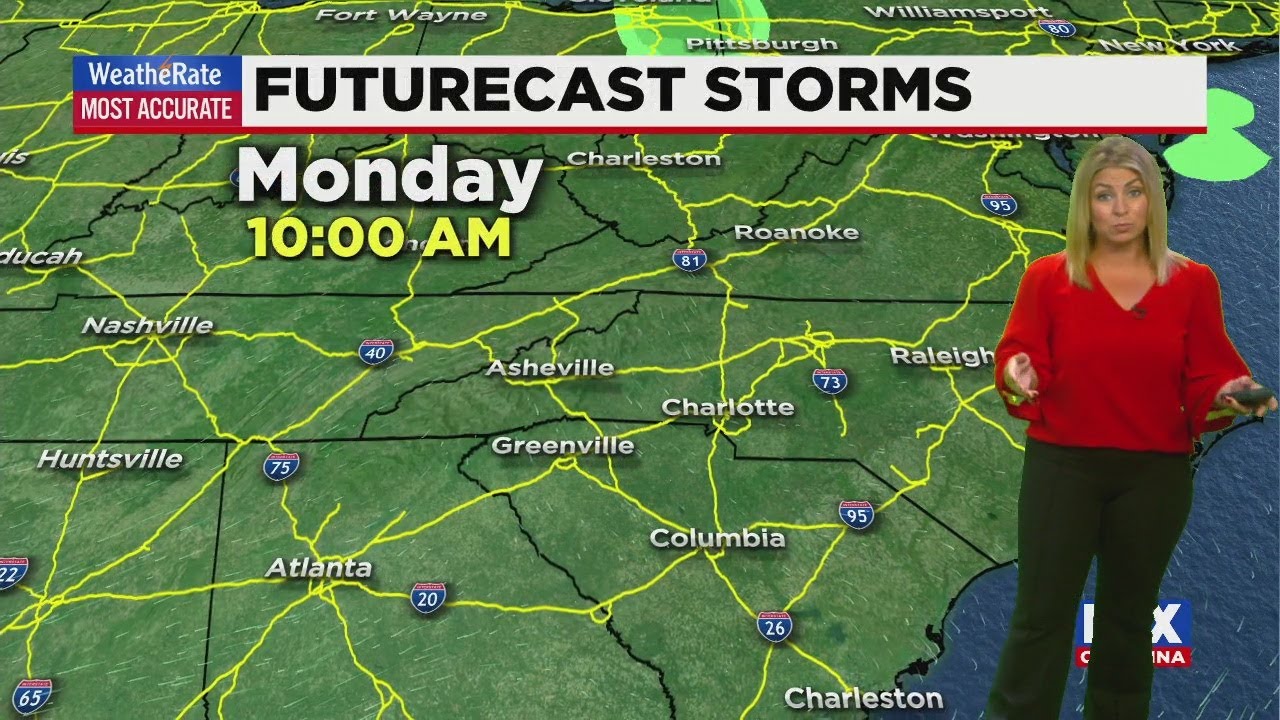PHIL: WYFF NEWS 4 INVESTIGATES — CAROL: WYFF NEWS 4 INVESTIGATES REVEALED THOUSANDS OF STUDENTS ACROSS THE UPSTATE DO NOT HAVE ACCESS TO HIGH SPEED INTERNET AT HOME. MICHAEL: GABRIELLE KOMOROWSKI REPORTS AFTER OUR STORY, A DIFFERENT GROUP REACHED OUT TO US ABOUT THE NEED FOR BETTER CONNECTIVITY, TEACHERS. GABRIELLE: — >> MY FAVORITE PART OF THE ROOM WOULD BE MY READING CORNER. IT’S OUR LITTLE LIBRARY. GABRIELLE: JESSIE JAMES’ THIRD GRADE CLASSROOM AT DRAYTONVILLE ELEMENTARY SCHOOL IS EMPTY. >> AN EMPTY CLASSROOM PACKED AWAY TOO EARLY. GABRIELLE: SHE WAS WORKING FROM SCHOOL MONDAY BECAUSE IT WAS ASSIGNMENT DROPOFF DAY. >> WE DID NOT GET TO TELL THEM A PROPER GOODBYE. GABRIELLE: SHE ALSO HAD TO SPEAK TO US FROM THERE BECAUSE SHE DOESN’T HAVE THE INTERNET AT HOME, AND THE CELLPHONE SERVICE IS NOT GREAT EITHER. >> OUR PROPERTY IS DEEMED UNSERVICEABLE. IT WOULD BE TOO MUCH MONEY. NOW WE COULD CO PAY THEM TO COME , OUT AND DO THE CONSTRUCTION, BUT THE ESTIMATE SHE GAVE ME WOULD BE $6,000 TO $7,000, JUST ON OUR PART. GABRIELLE: SHE IS NOT ALONE. JIM A LOT OF PEOPLE DON’T REALLY : UNDERSTAND THAT WHEN A CONSUMER PICKS UP THE PHONE AND DIALS TO TRY TO GET INTERNET AT THEIR HOUSE, OFTEN TIMES, THEY GET A RESPONSE, I’M SORRY, SIR, OR MA’AM, WE CANNOT DELIVER INTERNET SERVICE TO YOUR PHYSICAL ADDRESS. GABRIELLE: JIM STRITZINGER MAPS INTERNET ACCESS. IN AUGUST, HE FOUND ABOUT 435,000 PEOPLE IN SOUTH CAROLINA CANNOT GET HIGH-SPEED INTERNET IN THEIR HOME, EVEN IF THEY WANT IT. THE INFRASTRUCTURE IS NOT IN PLACE. >> WHEN YOU GET UNDER PRESSURE, THE WEAK POINTS SHOW UP. GABRIELLE: IN AN INTERVIEW WITH WYFF NEWS 4, GOVERNOR HENRY MCMASTER CALLED INTERNET ACCESS ONE OF THOSE WEAK POINTS, HIGHLIGHTED DURING THE CORONAVIRUS PANDEMIC. >> WE HAVE LEARNED HOW DISTANCE-LEARNING WORKS. WE HAVE LEARNED HOW TO DO IT AT THE COLLEGE LEVEL, ALL THE WAY DOWN TO K12. GABRIELLE: BUT HE BELIEVES IT WORKS MOST EFFECTIVELY, WHERE THE MOST PEOPLE CAN GET ONLINE. >> BUT IF YOU LOOK AT THE MAPS OF SOUTH CAROLINA THAT HAVE BEEN PREPARED, YOU SEE THERE ARE A LOT OF PLACES WHERE IT DOES NOT EXIST. >> WE ARE AMBASSADORS TO HELP OUR CITIZENS. GABRIELLE: HOW TO EXPAND THAT ACCESS HAS BEEN A CENTRAL FOCUS FOR ACCELERATE S.C THE GROUP TASKED WITH REOPENING SOUTH CAROLINA. BUT WHILE THEY WORK ON SOLUTIONS, MS. JAMES IS STILL OFF-LINE. SHE HOPES TO BE BACK WITH HER STUDENTS BY FALL. >> I NEED TO SEE MY KIDS WHEN I TEACH THEM. I NEED TO SEE THEM EVERY DAY. I NEED TO MAKE SURE THEY’RE OK. I NEED I LIKE TO SEE THEIR PROGRESS IN FRONT OF MY FACE. SO YES, I’M OPEN BY PHONE SOMEHOW, SOME WAY WE CAN BE BA IN THE CLASSROOM. MICHAEL: GABRIELLE KOMOROWSKI REPORTING FOR US. GOVERNOR MCMASTER TOLD US EXPANDING ACCESSIBILITY TO THE INTERNET WOULD HELP STATE AGENCIES SPREAD MESSAGES ABOUT CORONAVIRUS, AND FUTURE EMERGENCIES, MORE EFFECTIVELY. CAROL: WYFF NEWS 4 INVESTIGATES WILL TRACK HOW THE STATE USES FEDERAL RELIEF MONEY TO
Advertisement
Lack of internet access impacting Upstate teachers
Many communities do not have infrastructure in place to deliver high-speed internet
Previous story about students without internet access is above.Jessie James teaches third grade at Draytonville Elementary in Cherokee County.When the district moved to eLearning at the start of the coronavirus pandemic, James and her teaching peers were forced to move all of their lessons online.For some, that meant working from home to get lessons to students.For James, it meant sitting in the parking lot of a nearby elementary school to connect to WiFi or using the internet at her mother’s house.”Our property is deemed unserviceable,” she said after reaching out to internet providers. “It would be too much money. We could co-pay them to come out and do the construction, but the estimate she gave me would be six to $7,000.”James is not only teaching third grade, but has a son in the third grade, as well. While the teaching side of her is missing interacting with her students, the mother side of her is concerned her son and other kids around the county are not getting the attention they need because they cannot get online.She is not alone.”A lot of people don’t really understand that when a consumer picks up the phone and dials to try to get internet at their house, oftentimes, they get a response, ‘I’m sorry, sir, ma’am, we can’t deliver internet service to your physical address,” said Jim Stritzinger, president and CEO of Revolution D.Stritzinger works to map internet access across South Carolina to help key decision makers understand where gaps exist in the state.In August, he found about 435,000 South Carolinians could not get high-speed internet at home because the infrastructure did not exist where they lived to provide the service.”When you get under pressure, the weak points show up,” said Gov. Henry McMaster in an interview with WYFF News 4.McMaster called one of those weak points highlighted by coronavirus is internet access in South Carolina’s more rural communities.”We have learned distance learning works,” he said. “We have learned how to do it at the college level, all the way down to K12.”But if you look at the maps of South Carolina that have been prepared, you see there are a lot of places where it just does not exist.”Expanding broadband access has become a central focus for accelerateSC, the group tasked with reopening South Carolina in the wake of the pandemic.But while that group works to find solutions, James is still offline.She hopes it will not matter as much in the fall.”I need to see my kids when I teach them,” she said. “I need to see them every day. I need to make sure they’re okay. I need I like to see their progress in front of my face. So yes, I’m hoping by fall, somehow, some way, we can be back in the classroom.”Additional coronavirus resources:Tracking COVID-19 curve of cases, deaths in the Carolinas, GeorgiaLatest update on coronavirus cases, latest headlines in Carolinas, GeorgiaCOVID-19 maps of Carolinas, Georgia: Latest coronavirus cases by countySign up for WYFF News 4 coronavirus daily newsletter
Previous story about students without internet access is above.
Jessie James teaches third grade at Draytonville Elementary in Cherokee County.
Advertisement
When the district moved to eLearning at the start of the coronavirus pandemic, James and her teaching peers were forced to move all of their lessons online.
For some, that meant working from home to get lessons to students.
For James, it meant sitting in the parking lot of a nearby elementary school to connect to WiFi or using the internet at her mother’s house.
“Our property is deemed unserviceable,” she said after reaching out to internet providers. “It would be too much money. We could co-pay them to come out and do the construction, but the estimate she gave me would be six to $7,000.”
James is not only teaching third grade, but has a son in the third grade, as well. While the teaching side of her is missing interacting with her students, the mother side of her is concerned her son and other kids around the county are not getting the attention they need because they cannot get online.
She is not alone.
“A lot of people don’t really understand that when a consumer picks up the phone and dials to try to get internet at their house, oftentimes, they get a response, ‘I’m sorry, sir, ma’am, we can’t deliver internet service to your physical address,” said Jim Stritzinger, president and CEO of Revolution D.
Stritzinger works to map internet access across South Carolina to help key decision makers understand where gaps exist in the state.
In August, he found about 435,000 South Carolinians could not get high-speed internet at home because the infrastructure did not exist where they lived to provide the service.
“When you get under pressure, the weak points show up,” said Gov. Henry McMaster in an interview with WYFF News 4.
McMaster called one of those weak points highlighted by coronavirus is internet access in South Carolina’s more rural communities.
“We have learned distance learning works,” he said. “We have learned how to do it at the college level, all the way down to K12.
“But if you look at the maps of South Carolina that have been prepared, you see there are a lot of places where it just does not exist.”
Expanding broadband access has become a central focus for accelerateSC, the group tasked with reopening South Carolina in the wake of the pandemic.
But while that group works to find solutions, James is still offline.
She hopes it will not matter as much in the fall.
“I need to see my kids when I teach them,” she said. “I need to see them every day. I need to make sure they’re okay. I need I like to see their progress in front of my face. So yes, I’m hoping by fall, somehow, some way, we can be back in the classroom.”
Additional coronavirus resources:



